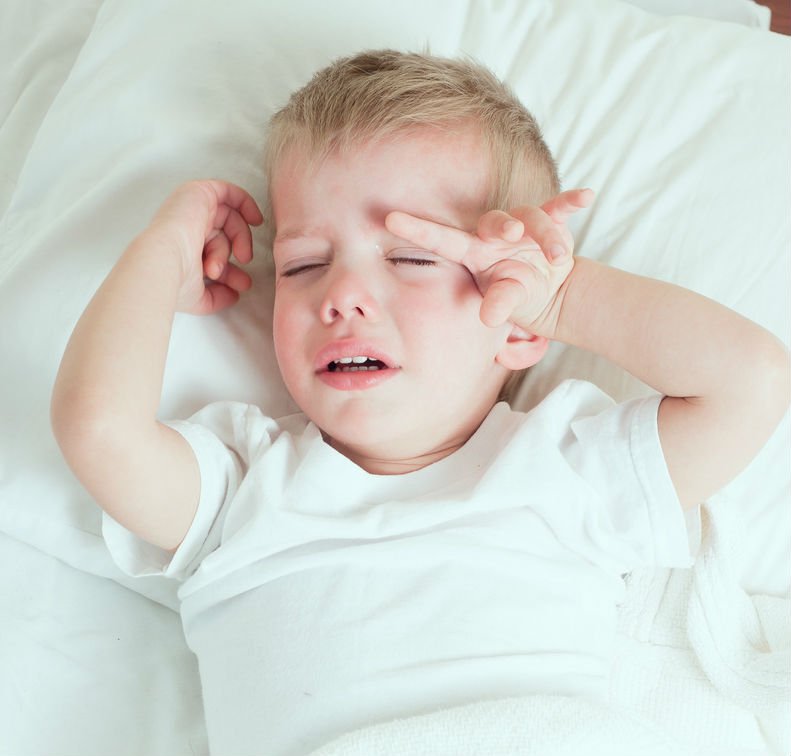Chiropractic Spinal Manipulative Therapy for Cervicogenic Headache: A Study Protocol of a Single-blinded Placebo-controlled Randomized Clinical Trial
SOURCE: Springerplus. 2015 (Dec 16); 4: 779
Aleksander Chaibi, Jurate Šaltyte Benth, Peter J. Tuchin, and Michael Bjørn Russell
Head and Neck Research Group,
Research Centre, Akershus University Hospital,
1478 Lørenskog, Norway ;
Institute of Clinical Medicine,
Akershus University Hospital, University of Oslo,
1474 Nordbyhagen, Norway
Cervicogenic headache (CEH) is a secondary headache which affects 1.0-4.6% of the population. Although the costs are unknown, the health consequences are substantial for the individual; especially considering that they often suffers chronicity. Pharmacological management has no or only minor effect on CEH. Thus, we aim to assess the efficacy of chiropractic spinal manipulative therapy (CSMT) for CEH in a single-blinded placebo-controlled randomized clinical trial (RCT). According to the power calculations, we aim to recruit 120 participants to the RCT. Participants will be randomized into one of three groups; CSMT, placebo (sham manipulation) and control (usual non-manual management). The RCT consists of three stages: 1 month run-in, 3 months intervention and follow-up analyses at the end of intervention and 3, 6 and 12 months. Primary end-point is headache frequency, while headache duration, headache intensity, headache index (frequency × duration × intensity) and medicine consumption are secondary end-points. Primary analysis will assess a change in headache frequency from baseline to the end of intervention and to follow-up, where the groups CSMT and placebo and CSMT and control will be compared. Due to two group-comparisons, the results with p values below 0.025 will be considered statistically significant. For all secondary end-points and analyses, the significance level of 0.05 will be used. The results will be presented with the corresponding p values and 95 % confidence intervals. To our knowledge, this is the first prospective manual therapy three-armed single-blinded placebo-controlled RCT to be conducted for CEH. Current RCTs suggest efficacy in headache frequency, duration and intensity. However a firm conclusion requires clinical single-blinded placebo-controlled RCTs with few methodological shortcomings. The present study design adheres to the recommendations for pharmacological RCTs as far as possible and follows the recommended clinical trial guidelines by the International Headache Society.
Trial registration ClinicalTrials.gov identifier: NCT01687881, 2 December 2012.
KEYWORDS: Cervicogenic headache; Chiropractic; Headache; Manual therapy; Protocol; Randomized controlled trial; Spinal manipulation
From the FULL TEXT Article:
Background
The prevalence of cervicogenic headache (CEH) is low and varies from 1.0 to 4.6 % in the general population, depending on the applied diagnostic criteria, i.e. 1.0 % if 6 and 4.6 % if 5 diagnostic criteria of the Cervicogenic Headache International Study Group are fulfilled, and 2.5 % if the criteria of the International Headache Society (IHS) are applied (Table 1) (Nilsson 1995a; Pareira Monteriro 1995; Sjaastad et al. 1998; Sjaastad and Bakketeig 2008; Headache Classification Subcommittee of the International Headache Society 2013). Headache disorders have substantial health and socio-economic costs (Vos et al. 2012). However, no studies have exclusively investigated the costs for CEH.
Table 1. Diagnostic criteria for cervicogenic headache by the Cervicogenic Headache International Study Group
There are more articles like this @ our:
CEH is a symptomatic headache characterized by primarily chronic and usually unilateral headache as well as symptoms and signs of neck involvement (Sjaastad et al. 1998; Sjaastad and Fredriksen 2000; Bogduk and Govind 2009). CEH is often worsened by neck movement, sustained awkward head position, external pressure over the upper cervical or occipital region on the symptomatic side (Pareira Monteriro 1995; Sjaastad and Fredriksen 2000). Abolition of the headache following diagnostic anaesthetic blocks of cervical structures or local factors in the neck gives evidence that the pain is attributed to a neck disorder or lesion (Pareira Monteriro 1995; Sjaastad and Bakketeig 2008; Bogduk and Govind 2009).
Pharmacological management is the first treatment option for CEH despite the limited effect. The risk of medication overuse due to frequent headache attacks represents therefore a major health hazard and both direct and indirect cost concerns. The prevalence of medication overuse headache (MOH) is 1–2 % in the general population (Grande et al. 2008; Aaseth et al. 2008; Jensen and Stovner 2008), i.e. about half the population suffering chronic headache (15 headache days or more per month) have MOH (Lundqvist et al. 2012).
Diversified technique and Gonstead method are the two most commonly used chiropractic manipulative treatment modalities in the profession, used by 91 and 59 % of chiropractors, respectively (Cooperstein 2003; Cooperstein and Gleberson 2004), along with other manual and non-manual interventions, i.e., soft tissue techniques, spinal and peripheral mobilization, rehabilitation, postural corrections and exercises as well as general nutrition and dietetic advises.
Read the rest of this Full Text article now!





Leave A Comment